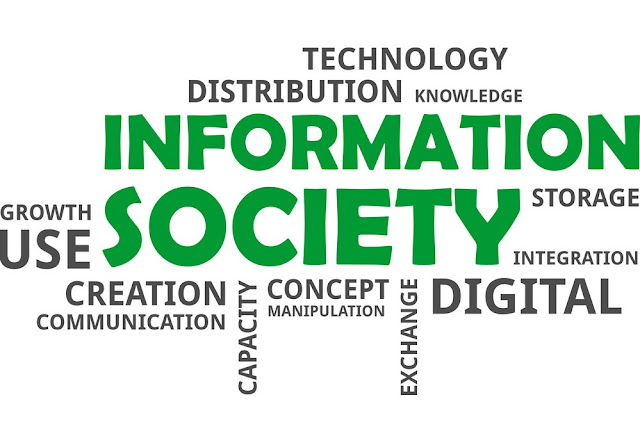Digital Novice

Digital Novices Digital novices tend to have minimal digital contact with end users but understand the mandate to change. Characteristics include legacy systems unable to support valuable online engagements, teams, with limited skills and experience working on digital initiatives and frequently an unwillingness to find outside expertise to help build a business case and convince companies to move faster. Ultimately, digital novices are still deciding where digital transformation fits into their organizations. Organizations at this stage are commonly trying to provide consistent experiences across channels and devices, offer something personalized (rather than generic) to customers, and use data to cross-sell relevant services to existing customers. Companies should work with partners who bring well-established processes to facilitate innovative thinking to jump-start digital innovation programs. Gaining traction and support across an organization i...





